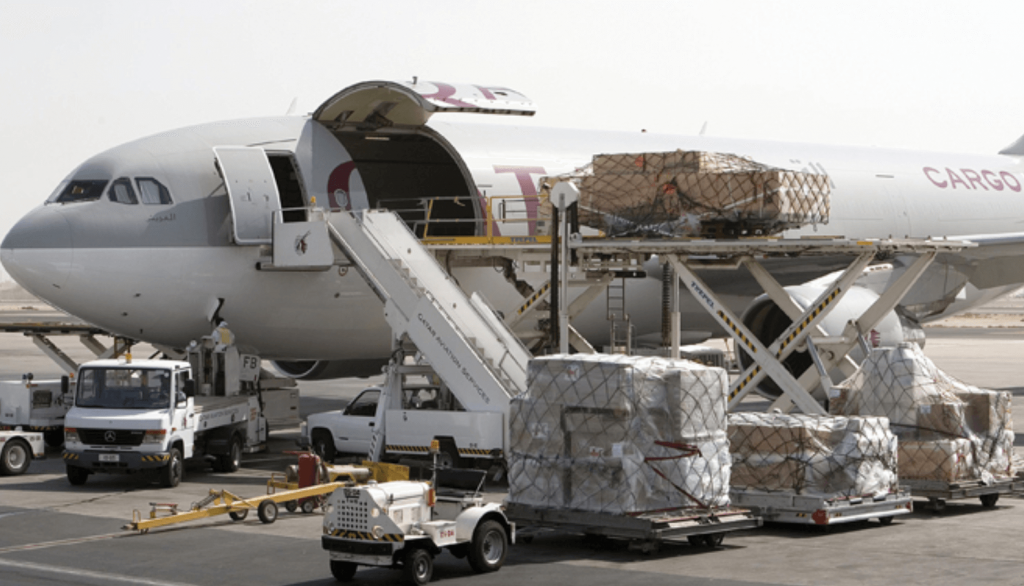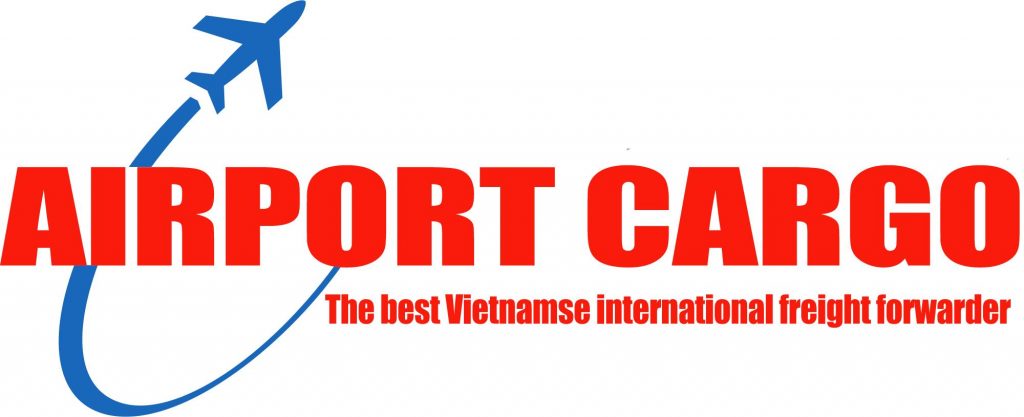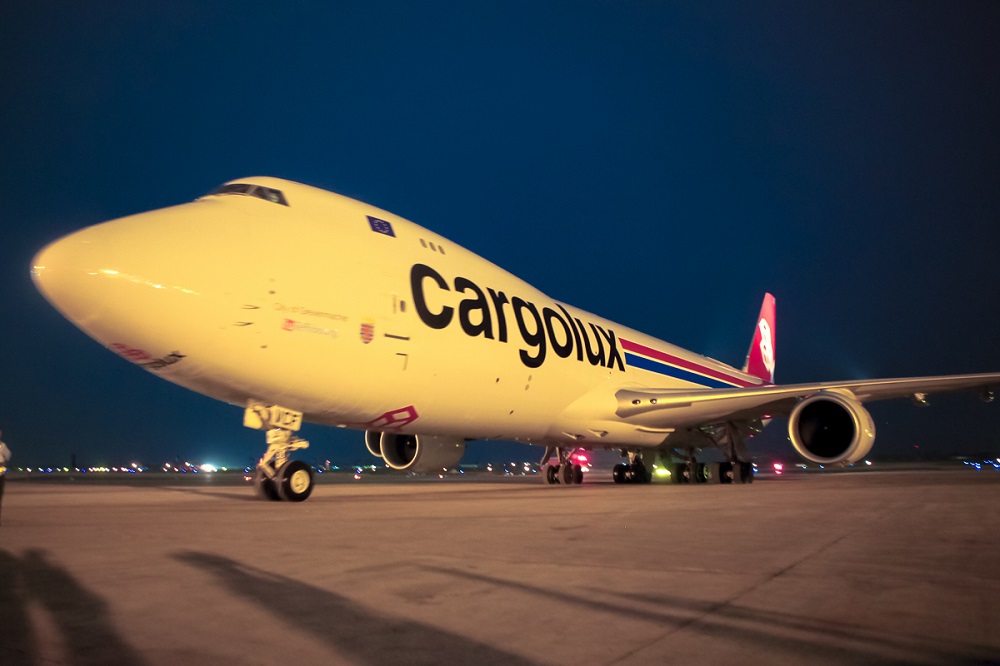Air Cargo Booking Service from Ho Chi Minh City to Mandalay International Airport
The air cargo booking service from Ho Chi Minh City (SGN) to Mandalay (MDL) is a fast and efficient transportation solution, especially suitable for high-value, perishable, or time-sensitive goods.
1. General Process:
-
Contact airline or freight forwarder:
Shippers contact airlines operating cargo routes to Mandalay or air freight agents to request quotes and make bookings. -
Provide shipment details:
Shippers provide complete information about the goods, such as type of cargo, quantity, weight, dimensions, special requirements (if any), and estimated shipping time. -
Confirm booking and rates:
The airline or agent confirms the booking and provides freight charges along with any additional fees (if applicable). -
Prepare the cargo:
The shipper packs the goods according to air cargo standards to ensure safety and compliance with regulations. -
Deliver the cargo:
The shipper delivers the goods to the airline’s cargo terminal at Tan Son Nhat Airport (SGN), or provides a pickup address for the airline/agent to collect the goods. -
Customs clearance:
The shipper or agent handles export customs clearance for the shipment. -
Transportation:
The cargo is transported by air from SGN to MDL. -
Cargo pickup:
The consignee completes import customs procedures and receives the goods at Mandalay International Airport (MDL).

2. Airlines Operating the Route:
Currently, there may not be direct flights from Ho Chi Minh City to Mandalay.
Cargo is usually shipped via connecting flights, possibly transiting through cities such as Bangkok, Singapore, or Kuala Lumpur.
Some airlines that may operate on this route include:
-
Thai Airways
-
Singapore Airlines Cargo
-
Malaysia Airlines Cargo
-
Vietnam Airlines (may cooperate with other carriers)
3. Geographical Features of Mandalay:
-
Location:
Mandalay is the second-largest city in Myanmar, located in the central part of the country, along the Ayeyarwady River. -
Topography:
The area surrounding Mandalay features many hills, with Mandalay Hill being the most famous. -
Climate:
Mandalay has a tropical monsoon climate with three distinct seasons:
Hot season (March–May),
Rainy season (June–October),
Cool dry season (November–February). -
Economy:
Mandalay is an important economic center in Upper Myanmar, with key industries such as textiles, food processing, timber, and tourism. -
Transportation:
Mandalay is served by an international airport, river ports, and a road network connecting it to other cities in Myanmar and the region.
4. Development Potential of the Ho Chi Minh – Mandalay Air Cargo Route:
-
Trade Growth:
Trade relations between Vietnam and Myanmar are growing rapidly.
As a major economic center, Mandalay presents increasing demand for air freight, especially for time-sensitive shipments. -
Tourism Development:
Mandalay is a popular tourist destination with many historical and cultural attractions.
Air transport plays a key role in supporting tourism through baggage and cargo services for travelers. -
Logistics Infrastructure:
Myanmar is investing in logistics infrastructure, including airports and road networks, which will facilitate air cargo transportation. -
Demand for Special Cargo:
High-value items such as pharmaceuticals, electronics, and fast-moving consumer goods require quick and secure transportation—creating great potential for air freight services. -
Regional Connectivity:
Mandalay’s strategic location could make it a regional logistics hub, connecting Vietnam with Myanmar’s neighboring countries.

5. However, Some Challenges Remain:
-
Transport Costs:
Air freight typically incurs higher costs than other modes of transport. -
Transit Time:
Although faster than sea freight, overall delivery time may increase if there are no direct flights and multiple transit points are involved. -
Customs Procedures:
Customs clearance in both countries can be complex and time-consuming. -
Competition:
The route may face competition from other modes of transport and air carriers.
Packaging Process for Air Cargo
Proper packaging is a critical step in ensuring the safety and integrity of goods during air transportation. Below is a standard packaging process that follows international air freight regulations:
1. Identify Cargo Characteristics
Before packing, it is essential to clearly identify the type of cargo, including:
-
Nature of the goods (fragile, liquid, perishable, etc.)
-
Weight and dimensions
-
Sensitivity to temperature, humidity, or pressure
-
Any hazardous materials or special handling requirements
This information helps determine the appropriate packing method and materials.
2. Choose Suitable Packaging Materials
Packaging must be strong, secure, and compliant with airline and IATA standards. Common materials include:
-
Corrugated cardboard boxes (double or triple wall for heavy items)
-
Wooden crates or pallets for large or heavy cargo
-
Foam, bubble wrap, or air pillows for cushioning
-
Insulated or temperature-controlled containers for perishable goods
-
Waterproof liners or plastic covers for moisture-sensitive items
3. Secure and Protect the Cargo
Ensure the cargo is tightly packed to prevent movement during transit. Use internal padding to:
-
Absorb shocks and vibrations
-
Prevent collision or stacking damage
-
Maintain product integrity
If necessary, label packages with “Fragile”, “This Side Up”, or other handling instructions.
4. Labeling and Documentation
Clearly label each package with:
-
Shipper and consignee information
-
Package number and total number of pieces
-
Weight, dimensions, and content description
-
Special handling labels (e.g. perishable, hazardous, fragile)
Ensure all labels are visible and securely attached.
5. Palletizing (If Applicable)
For larger shipments, items should be stacked on a pallet:
-
Use stretch film or straps to secure packages to the pallet
-
Ensure the pallet is in good condition and suitable for air transport
-
Avoid overhanging or uneven stacking
6. Final Inspection and Handover
Before delivery to the airline or forwarder:
-
Inspect all packages for compliance with safety and airline regulations
-
Double-check documentation (Air Waybill, packing list, export papers, etc.)
-
Schedule pickup or deliver goods to the airport cargo terminal
Conclusion:
The air cargo booking service from Ho Chi Minh City to Mandalay holds great development potential due to the growth in trade, tourism, and Myanmar’s infrastructure investment. However, businesses need to carefully consider factors such as cost, delivery time, and customs procedures to make informed decisions.
Choosing a reliable and experienced logistics partner is key to ensuring smooth and efficient cargo transport.
Learn More:
Air Freight Booking Service from Ho Chi Minh City to Beijing Capital International Airport
Airfares for 30 April and May 1st holiday season are sky-high, with many itineraries sold out



